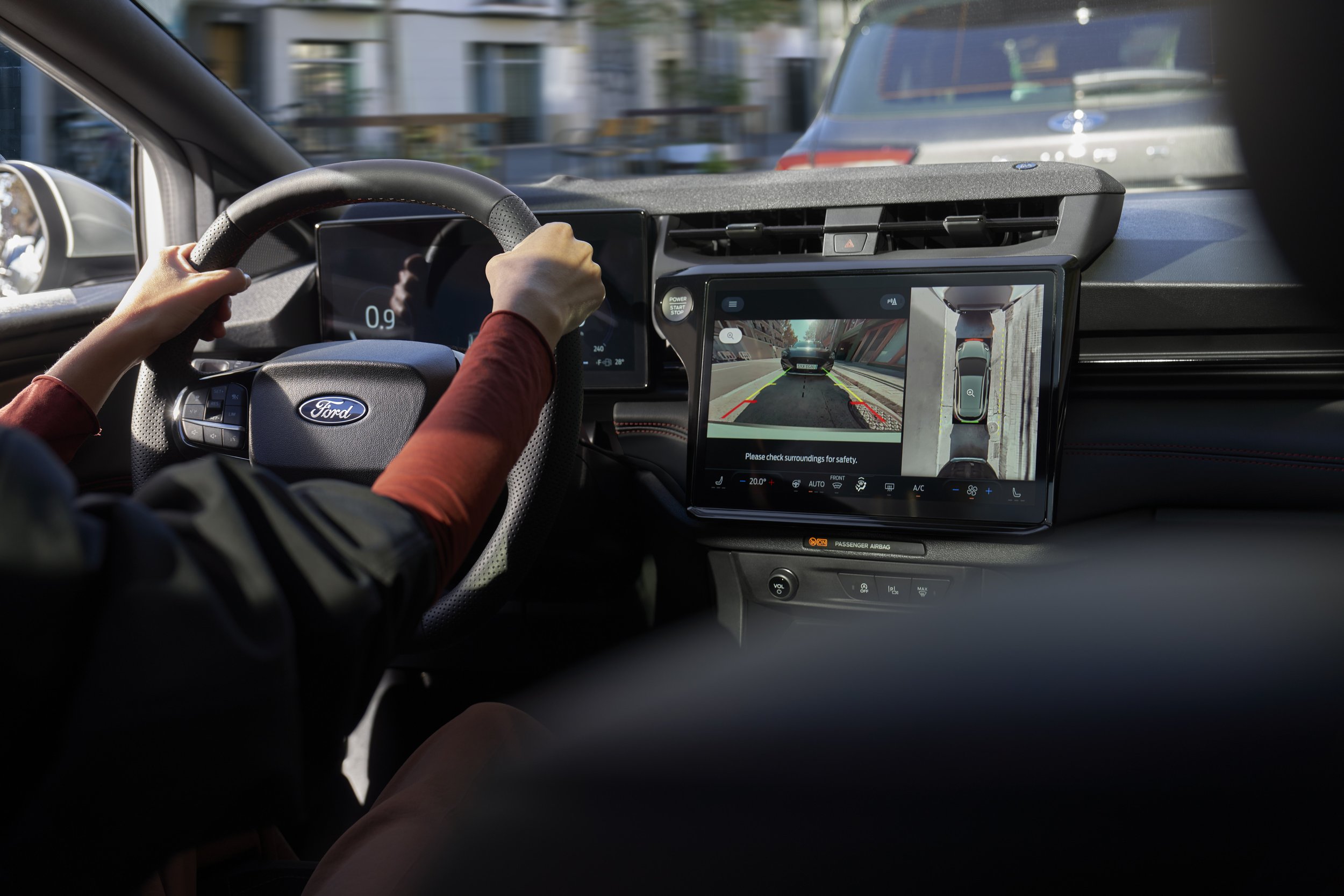NZ Puma population to grow
/Unlike Australia, NZ is sticking with Ford’s compact crossover in petrol as well lining up for electric.
PETROL-preferring Pumas will continue to come to New Zealand but the focus is switching to a pure electric whose details are slowly unwrapping.
The fully battery-reliant type’s arrival, which increasingly seems more likely to happen in early 2025 rather than meeting the late-2024 schedule first proposed, seems set to be precluded by a general styling refresh for all Puma derivatives (as seen above).
Clarity about Puma’s status here has been shared by Ford New Zealand in wake of the Ford Australia having announced this week that it will cease selling petrol Pumas by mid-2024 and thereafter import only the all-electric version of the compact crossover.
New Zealand has already signed up for the all-electric Puma Gen-E, whose international release is expected to occur later this year.
Many details remain under wraps however it seems highly certain a model targeting rivals that include the upcoming Mini Aceman and the Peugeot e-2008 will feature a 55kWh battery, which should offer an official range of around 370 kilometres.
The model is to be built in Craiova, Romania, alongside not only the current Pumas sold here but also the new Ford E-Transit Courier, which has also been signed off for NZ.
Ford has previously been quoted as saying it “engineered the electric powertrain together for Puma and Courier at the same time,” hinting they will have similar specs.
While Puma-E will become the new flaship, the Puma ST-Line and racier Puma ST that fed on petrol are set to stay on as well.
Puma here and across the Tasman has a common 1.0-litre three-cylinder petrol but ours differ by having a hybrid system which improves outputs, economy and emissions.
Also, Australia doesn’t have access to the ST, basically a new replacement for the old Fiesta ST hot hatch. ST has 125kW and 248Nm, whereas ST-Line comes with 92kW/210Nm.
Ford Europe is on verge of a massive electric push, starting with the Explorer, developed in partnership with Volkswagen and using the German giant’s MEB platform (the same underpinning its ID series).
Previously rejected for consideration by Ford NZ because it would directly price against the larger Mustang Mach-E, the electric SUV will be built at Ford’s upgraded Cologne plant. Ford invested around $2 billion to equip the facility for EV production.
It spoke more about this when unveiling the design enhancements to Puma this week.
The main changes to the compact crossover come in the cabin, with a redesigned dashboard and the current eight inch infotainment touchscreen being replaced by a 12 inch unit.
The system also includes wireless connectivity for Android Auto and Apple CarPlay phone mirroring. Ford says users will be able to speak to their cars naturally to do things like set a sat-nav destination or change the radio station. where the digital instrument cluster has grown to 12.8in and, in contrast to the models here, can be customised to show a wide range of information.
The steering wheel is a different shape, too; it’s now flat across the top and bottom, with two spokes instead of three.
In terms of safety and driver assistance features, the updated Puma’s adaptive cruise control system has been upgraded. Ford cites smoother braking and acceleration, as well as the ability to pre-emptively adjust speed to go around bends. A new reverse brake assist applies the brakes if it detects an object in the vehicle’s path while reversing.
Bodywork revision is modest The LED headlight shape has altered and the Ford badge has been located within the front grille rather than above it.
Ford’s other electrics for Europe will include E-Transit, the F-150 Lightning and another electric SUV, set to take the Capri name and also built on the MEB platform.




















